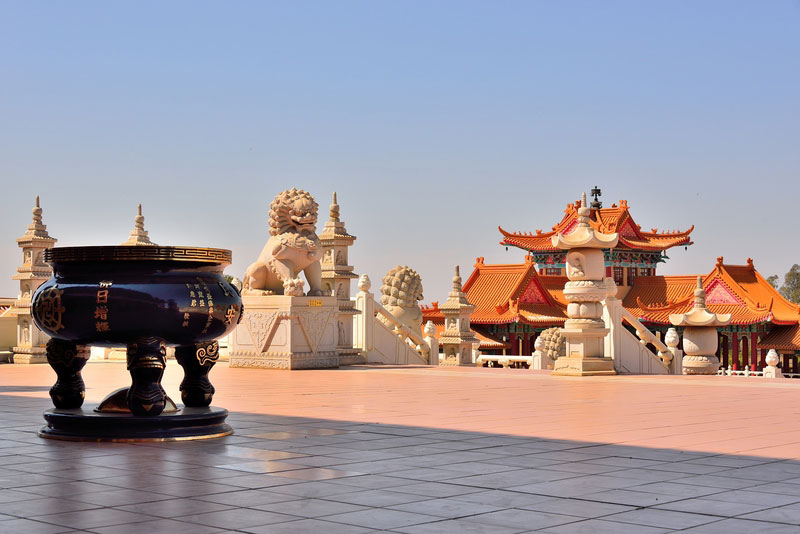Johannesburg North Attractions Things To Know Before You Buy
Johannesburg North Attractions Things To Know Before You Buy
Blog Article
Not known Details About Johannesburg North Attractions
Table of ContentsThe Main Principles Of Johannesburg North Attractions 4 Simple Techniques For Johannesburg North Attractions9 Simple Techniques For Johannesburg North AttractionsNot known Facts About Johannesburg North AttractionsThe Ultimate Guide To Johannesburg North AttractionsExamine This Report about Johannesburg North AttractionsSome Known Incorrect Statements About Johannesburg North Attractions
Nonetheless you should maintain security in mind and travelers must stay sharp at all times when in unknown environments. Talk to the residents when you remain in community to discover the area you are remaining in. Johannesburg North attractions. When on the road (this does not relate to shopping center and other safe and secure atmospheres) ideal general suggestions is to attempt your ideal to resemble a regional and to stay clear of presenting any type of riches
Our Johannesburg North Attractions Ideas
Professor Revil Mason O. J. (Thomson, 1946) discovered the Witwatersrand's pre-colonial background. His historical work exploded the 'em pty land' myth, according to which the area was lacking human habitation prior to the arrival of European settlers. In his magazines Prehistory of the Transvaal: A Record of Human Activity (1962) and Origins of Black Individuals of Johannesburg and the Southern Western Central Transvaal AD 3501880 (1986 ), Professor Mason demonstrated the extent of social and financial development in the location prior to Europeans established foot below.

Johannesburg North Attractions - An Overview
In 1878, David Wardrop discovered gold in quartz blood vessels at Zwartkop, north of Krugersdorp. In 1881, Stephanus Minnaar came across gold on the ranch Kromdraai, near the Cradle of Humankind.
In March 1886, an outcropping (quickly to be called the Main Coral reef) was located, fairly fortunately, on Gerhardus Oosthuizen's farm Langlaagte. Some say that the Lancastrian coal miner George Walker uncovered this coral reef. One more itinerant English miner, George Harrison (who had actually formerly operated in Australian mines) gotten a prospecting licence in regard of Langlaagte in Might 1886.
He made a decision to relocate on in a quest for greener fields, and disposed of his Langlaagte case for the baronial amount of 10. Alas: below lay the wealthiest goldfield ever before found. The exploration of this abundant auriferous reef provoked a gold rush that signalled completion of agrarian serenity in the southerly Transvaal.
It would, within six years, become the biggest town in southern Africa. Within a years, it would certainly make the Z. A. R. up until after that an anarchical and insolvent little state the richest nation in Africa. By the turn of the century, the Z. A. R. was to exceed Russia, Australia and the USA of America to end up being the world's leading gold manufacturer, generating greater than a quarter of the globe's gold.
Johannesburg North Attractions Can Be Fun For Everyone
It was called Ferreira's Camp, named after Colonel Ignatius Ferreira. official source He was a Boer adventurer upon whom the British authorities had bestowed the standing of Friend of the A Lot Of Distinguished Order of St Michael and St George (qualifying him to the post-nominal letters C. M. G.) in thankfulness for his role in the war that had deposed the Pedi king Sekhukhune in 1879.
Two other camps were established: Meyer's Camp on the ranch Doornfontein, and Paarl Camp. The latter was nicknamed Afrikander Camp; many people from the Cape Colony resolved there.

Little Known Facts About Johannesburg North Attractions.
This name acquired money by word of mouth, such that the State Assistant affirmed the name to the Mining Commissioner on 9 October 1886. Stands in the town were auctioned on 8 December 1886. While some stands were sold for 10, others were torn down for as little as sixpence.
2 years later, these erven were to alter hands for as high as 750 each. The tented camps diminished as a dorp of corrugated iron buildings created and broadened north of the mines located along the Main Coral Reef Roadway. Areas such as Jeppe's Community (where working-class immigrants erected their houses) and Doornfontein (where the affluent new 'Randlords' started to construct their extravagant houses) were soon included in the ever-expanding map of the town.
Some Known Details About Johannesburg North Attractions
In addition to the road names, there were no indicators of Johannesburg being situated in a Dutch-speaking country. Years later, C. W. Kearns O. J. (one of the first young boys signed up at St John's College in 1898) would recall: 'A strange truth regarding Johannesburg was that, although it remained in the [Boer Republic], almost everybody talked English and also the Federal government slaves addressed one in English, unless they were first dealt with in the Taal (or Low Dutch)'.
As such, Britain had an interest in ensuring optimal problems for gold production on the Witwatersrand, which the gold was exported to London as opposed to Berlin a critical made even more clamant by the Z. A. R - Johannesburg North attractions.'s raising toenadering with Germany. Mine proprietors got this link on a clash with President Kruger, whose policy of monopolistic concessions (usually granted to his cronies) protected against mining business from procuring materials of materials (specifically dynamite) and labour on their very own, more affordable terms
Unknown Facts About Johannesburg North Attractions
In 1890, the Volksraad had actually limited the franchise business to white males who had stayed in the Z. A. R. for fourteen years or longer, thus invalidating most of the immigrants (who occurred to be the major contributors to the fiscus). Nonetheless, agitation for the vote was a mere pretense for promoting a different schedule; many uitlanders concerned themselves as short-term visitors and had no intent of continuing to be in the Z.
Report this page